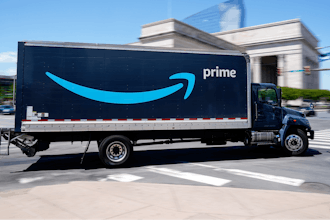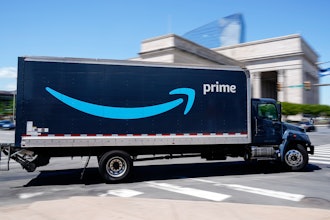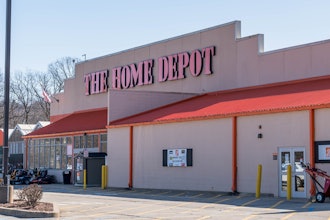
The WBSRocks e-commerce roundtable features industry experts sharing their perspectives on issues critical to the manufacturers' e-commerce journey. In this issue, we ask: how to plan for SEO strategies to increase traffic and boost conversion on your site.
You may be missing out on a piece of internet real estate if you don't have your SEO strategy figured out. As businesses become more digital, the competition to get your customers' attention will only become harder and more expensive. So the only thing that is in your control related to your digital strategy would be the "virtual real estate" called SEO, only if you own it.
Sam Gupta, Principal Consultant, ElevatIQ
Who doesn't like traffic on their websites? The more visitors, the more attention, the more sales. Right? Well, that's not necessarily true if you have unwanted traffic, which could result in a higher hosting fee if your e-commerce platform or hosting provider charges based on the number of visits. It could also mean that your sales and marketing teams could be chasing wrong opportunities, increasing your sales and marketing overhead. Therefore, your SEO strategy needs to align with your business model.
For example, if you are a regional business, you might want to compete on long-tail keywords that include the city, state, or metro in them. These long-tail keywords can help you outrank your fierce competitors in your territory even if they have been in the market longer and may have a stronger brand. Some other long-tail strategies could include incorporating keywords related to applications of your parts or industries you may be serving. But to maintain your rankings for these keywords, you need to keep feeding the content to Google consistently. Even if you stop posting for 2-3 months or have significant changes in the frequency, you might lose your rankings faster than you gained.
Owning a piece of the pie in the SEO world is similar to maintaining a garden. You need to keep "watering" it if you don't want to lose it.
Kristina Harrington, President, GenAlpha
If you are an OEM selling a large number of components, you might feel that SEO management and optimization is daunting as you may have hundreds of thousands of SKUs in your ERP system.
In this case, my advice would be to start with the 20% of your products that make up 80% of your business to make it easier. (Start with the top-dollar list and then move to the top quantity list of products.) To clarify, these are the products with the greatest value for your customers and to your bottom line and will be the items you want to rank for across the different search engines.
For each of these item pages, do the following:
- Write clear and concise product and meta descriptions
- Include important keywords
- Optimize title tags and descriptions (include things like brand and model where applicable)
- Include at least one high-quality image and/or video
- Ensure each page loads in 3 seconds or less
- Validate performance on mobile devices
Once you have completed these activities, move to the next 20% of products driving your business.
Just like eCommerce is a journey, SEO optimization is a continuous improvement process. It will take time to get through your key products. But good discipline around the activities above will drive better on-site and off-site search results, eventually leading to more product conversions.
Eric Landmann, Ecommerce Division Manager, Earthling Interactive
Several factors affect SEO rankings, including the technical issues that are hardest to master. But there are also several tools available, such as Pagespeed and GTMetrix, that can help you identify these technical issues and propose a potential resolution.
These tools can help evaluate your page speed and discover issues such as layout shift if the page gets jacked around. These issues may be harder to spot unless you have a tool and a seasoned developer who understands how to debug and fix these issues. If you relied on stock themes, you might not rank well as they need to be performance-tuned.
Dave Meyer, President, BizzyWeb
As a speaker and trainer for the Grow With Google program, I get this question a lot: how does Google rank websites? To explain this, I often use an analogy of a library. So think of your site as a book at a library and Google as the world's most efficient librarian.
Google indexes the billions of pages on the web and uses an algorithm to help match each search query to the right page, or even better, the exact text or content site users might be looking for. Google's algorithm includes more than 200 signals, including the freshness and relevancy of a page. These signals also include its usability and whether the site links with other trusted/authoritative sites on the search. So, for example, if a site isn't mobile-friendly, it won't appear in a search made from a phone.
To clarify further and summarize SEO in one sentence: be as useful to people looking for your services before they know your name.























